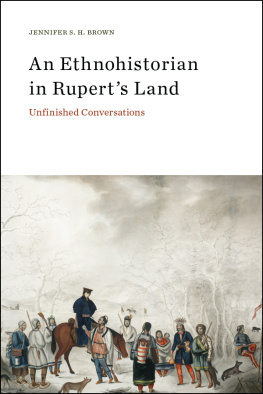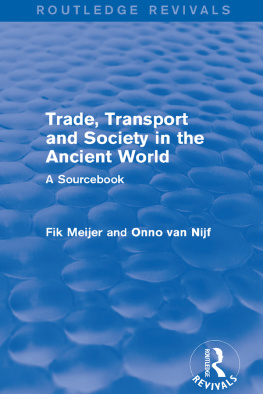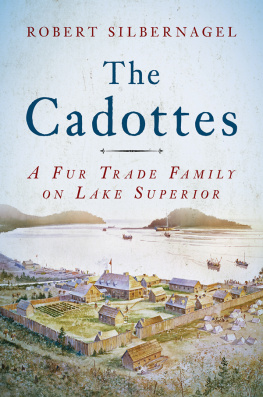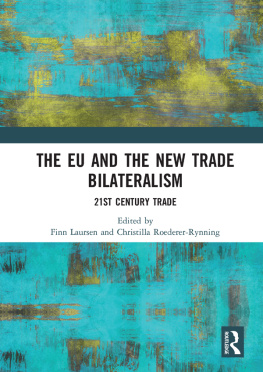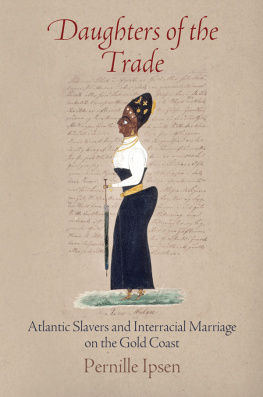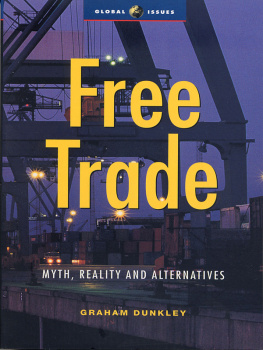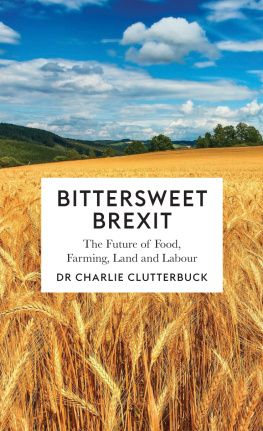An Ethnohistorian in Ruperts Land
An Ethnohistorian in Ruperts Land
Unfinished Conversations
JENNIFER S. H. BROWN
Copyright 2017 Jennifer S. H. Brown
Published by AU Press, Athabasca University
1200, 10011 109 Street, Edmonton, AB T5J 3S8
ISBN 978-1-77199-171-1 (pbk.) ISBN 978-1-77199-172-8 ( PDF )
ISBN 978-1-77199-173-5 (epub) DOI : 10.15215/aupress/9781771991711.01
Cover design by Martyn Schmoll
Interior design by Sergiy Kozakov
Cover image: White Trader with Indian Trappers, artist unknown, with permission of the Royal Ontario Museum ROM
Printed and bound in Canada by Friesens
Library and Archives Canada Cataloguing in Publication
Brown, Jennifer S. H., 1940, author
An ethnohistorian in Ruperts Land: unfinished conversations /
Jennifer S. H. Brown.
Includes bibliographical references and index.
Issued in print and electronic formats.
1. Hudsons Bay CompanyHistory. 2. Indians of North AmericaNorthwest, CanadianHistory. 3. Indians of North AmericaFirst contact with EuropeansNorthwest, Canadian. 4. Fur tradeNorthwest, CanadianHistory. 5. Fur tradersNorthwest, CanadianHistory. 6. EthnohistoryNorthwest, Canadian. 7. Ruperts LandHistory. I. Title.
FC3206.B78 2017 971.201 C2017-901052-2
C2017-901053-0
Athabasca University Press acknowledges the assistance provided by the Government of Alberta, Alberta Media Fund. We acknowledge the financial support of the Government of Canada through the Canada Book Fund for our publishing activities.
Please contact AU Press, Athabasca University at for permissions and copyright information.
Contents
Acknowledgements
This collection of essays became a book thanks to the warm support and encouragement afforded to me by Athabasca University Press, and particularly by Pamela MacFarland Holway, senior editor, and Megan Hall, acting director of the press. Their interest in the project was manifest in the assistance they rendered with converting my older texts into digital form through optical character recognition treatment, since several articles predated the computer age or were in outdated formats. Their consistent help, good advice, and enthusiasm have been deeply appreciated throughout the project. I am grateful also to the publishers and editors who responded promptly and cordially with permission to reprint those articles for which they held copyright; publication credits and copyright information appear at the end of this volume. My warm thanks also to Joyce Hildebrand, a most meticulous copy editor; to Weldon Hiebert, who produced the maps of Ruperts Land and of places mentioned in the text; and to Rene Fossett, who provided the comprehensive index for the book.
The articles gathered here came into being with the help and support of professors, friends, colleagues, and, in many cases, peer reviewers, across the decades from the 1960s onward. Several are cited and thanked in the introduction or in specific chapters, and I will not try to name them all here. Some of them, however, have contributed in one way or another to more than one chapter and to my work over a period of years. Patricia McCormack had important roles in helping ) dating back to the 1970s.
In the 1990s, my research on A. Irving Hallowell and the Berens River Ojbwe was much facilitated by working collaboratively with Maureen Matthews, whose CBC Radio documentary projects took us to several Berens River communities to gather stories and memories. build, in part, on that collaboration and owe much to her journalistic skills, experience, and dedication. The Canada Research Chair that I held at the University of Winnipeg from 2004 until my retirement in 2011 provided critical research support in those years, including the means to support the research activities of my CRC associate, Susan Elaine Gray, and Anne Lindsay, my research assistant, both in collaboration with my projects and to aid some of their own scholarly undertakings. I am grateful for all their contributions to the work on Hallowell and Chief William Berens and for their research in other spheres as well. The Centre for Ruperts Land Studies in the university library was my valued home base for a good many years of scholarly work, teaching, and relationships with a wide network of people whose conversations and exchanges of ideas and information have been an immeasurable resource and inspiration.
As ever, my family has been a source of affectionate support and encouragement. My father, Harcourt Brown, set me on an academic path through his example, good practice, and confidence that I would succeed; says more about him. Wilson Brown, my husband, knew what he was getting into over fifty years ago when we got engaged. He and our son, Matthew, have been fellow travellers and pillars of support throughout.
An Ethnohistorian in Ruperts Land
Introduction
This book brings together eighteen essays that were written for varied audiences and appeared in scattered places over a span of forty years. Its chapters explore diverse topics, events, and interactions among Indigenous inhabitants, fur traders, and, in later periods, missionaries and anthropologists. Yet they are connected in several ways. Geographically, they all relate to the region formerly known as Ruperts Land, the territory chartered to the Hudsons Bay Company by King Charles II of England in 1670. Encompassing the lands whose waters drained into Hudson Bay, Ruperts Land endured as a curious fur-trade-based colony for two hundred years until its annexation to Canada in 1870. The essays I have selected relate mainly to those years, with excursions back into the early 1600s (18).
Some chapters highlight stories about, and sometimes told by, Cree and Ojibwe people whose homelands from Hudson Bay to the eastern plains were unilaterally declared by Charles II to be one of our Plantacions or Colonyes in America. Others feature traders and missionaries who, like the people they met, sometimes tried and often failed to communicate across linguistic, cultural, and social divides and (in ). Taken together, they offer insights into the dynamics of peoples lives, their world views, their means of survival and adaptation in northern climes, and their complex and evolving ways of relating to one another across the centuries.
BRAIDED RIVERS
The flow of these relationships over time brings to mind the image of a braided river in motion. Northern rivers sometimes flow in deep valleys and sometimes in meanders, like the Red River in Manitoba. But some waters flow in shifting, complicated channels, sometimes parallel, sometimes intersecting and merging, sometimes separated by islands and sandbars, with the channels varying in speed and in the weight of sediments they carry. The human history of Ruperts Land flowed through time in similar fashion. Scholars have drawn static lines on maps to mark borders between language groups, tribes, and confederacies, but the people never stayed still or entirely apart from one another; they might remain for a long time in distinct channels isolated from one another by islands and sandbars, but then some of them would meet again, sometimes conversing peacefully, sometimes absorbing others, sometimes clashing in conflict, just as braided rivers mingle or divide, varying in their power and intensity.

